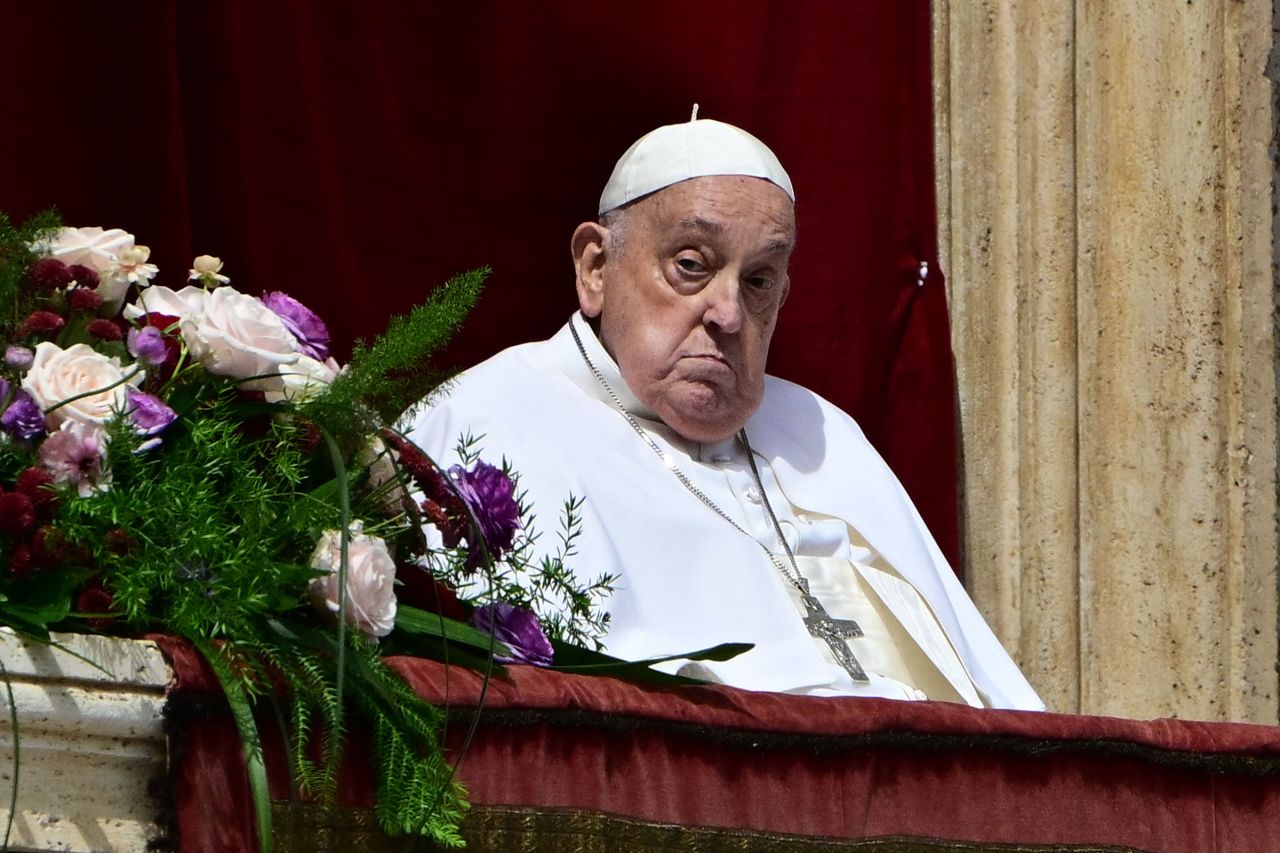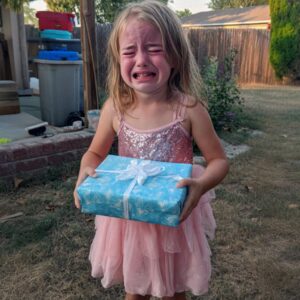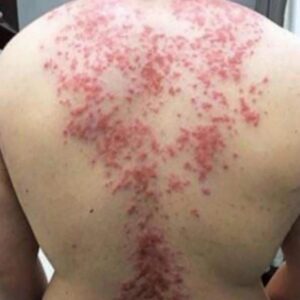When the world awoke on Easter Monday, April 21, 2025, to the news that Pope Francis had passed away at the age of 88, Catholics everywhere entered a period of mourning—and of anticipation. The 266th Bishop of Rome, Jorge Mario Bergoglio, had guided the Church through an era of frank dialogue on social justice, environmental stewardship, and interfaith outreach. Now, with the Holy See vacant, the question on everyone’s mind is simple yet profound: who will be the next pope?
In this comprehensive overview, we explain how the papal election unfolds, introduce the leading cardinals under consideration, and outline the timeline and traditions that will shape the coming weeks.
I. From Mourning to Conclave: The Road Ahead
Shortly after dawn on April 21, Cardinal Kevin Farrell—serving as Camerlengo, or chamberlain of the Holy Roman Church—read the solemn announcement:
“Dearest brothers and sisters, with deep sorrow I must announce the death of our Holy Father Francis. At 7:35 this morning, the Bishop of Rome, Francis, returned to the home of the Father.”
Funeral rites will follow in St. Peter’s Basilica, and the body of the late pontiff will lie in state for several days, allowing pilgrims to pay their respects. Meanwhile, the College of Cardinals will enter sede vacante, the “vacant seat” period, during which normal operations of the Vatican are carried on by the Camerlengo and select officials.
According to Church law and centuries of custom, the cardinals will convene in a papal conclave—named from the Latin cum clave, “with a key,” referring to the locking of the Sistine Chapel doors while electors deliberate in secret. Only cardinals who have not yet reached the age of 80 at the time the sede vacante begins are eligible to vote; by current counts, that caps the electorate at 138, though the ideal maximum is traditionally 120.
A two‑thirds supermajority is required to elect a new pope. Historically, the process lasts from 15 to 20 days: ample time for mourning, for travel by cardinals from around the globe, and for prayerful discussion. Smoke signals from the Sistine Chapel chimney—black for an inconclusive ballot, white when a new pontiff has been chosen—will tell the world when the decision has been made.
II. The Mechanics of a Papal Conclave
-
Preparatory Congregations
In the days following the Pope’s death, cardinals gather for a series of meetings—general congregations—to review the Church’s needs: theological, pastoral, administrative. These discussions set the tone for the conclave and often surface the key themes elector cardinals will consider in casting their votes. -
Entering the Conclave
On the appointed morning, the cardinals process into the Sistine Chapel in solemn silence. They swear oaths of secrecy and obedience, then take their assigned seats under Michelangelo’s vaulted frescoes. Communication with the outside world is strictly prohibited; electronic devices and notes are collected by the maestro delle celebrazioni. -
Balloting
Up to four ballots take place each day—two in the morning, two in the afternoon—until a candidate secures the required two‑thirds majority. After each ballot, the votes are burned: black smoke (with damp straw) indicates no decision; white smoke (with dry straw) signals the election of a new pontiff. -
Acceptance and Announcement
Once a cardinal receives the necessary votes, he is asked, “Do you accept your canonical election as Supreme Pontiff?” If he accepts, he chooses the name by which he will be known. The Protodeacon then appears on the balcony of St. Peter’s Basilica to proclaim Habemus Papam—“We have a Pope”—followed by the papal name and birth name of the new bishop of Rome.
III. Leading Papal Contenders
While any cardinal can theoretically be elected pope, certain figures have emerged—through their prominence, diplomatic experience, or theological vision—as leading candidates.
1. Cardinal Raymond Leo Burke (USA)
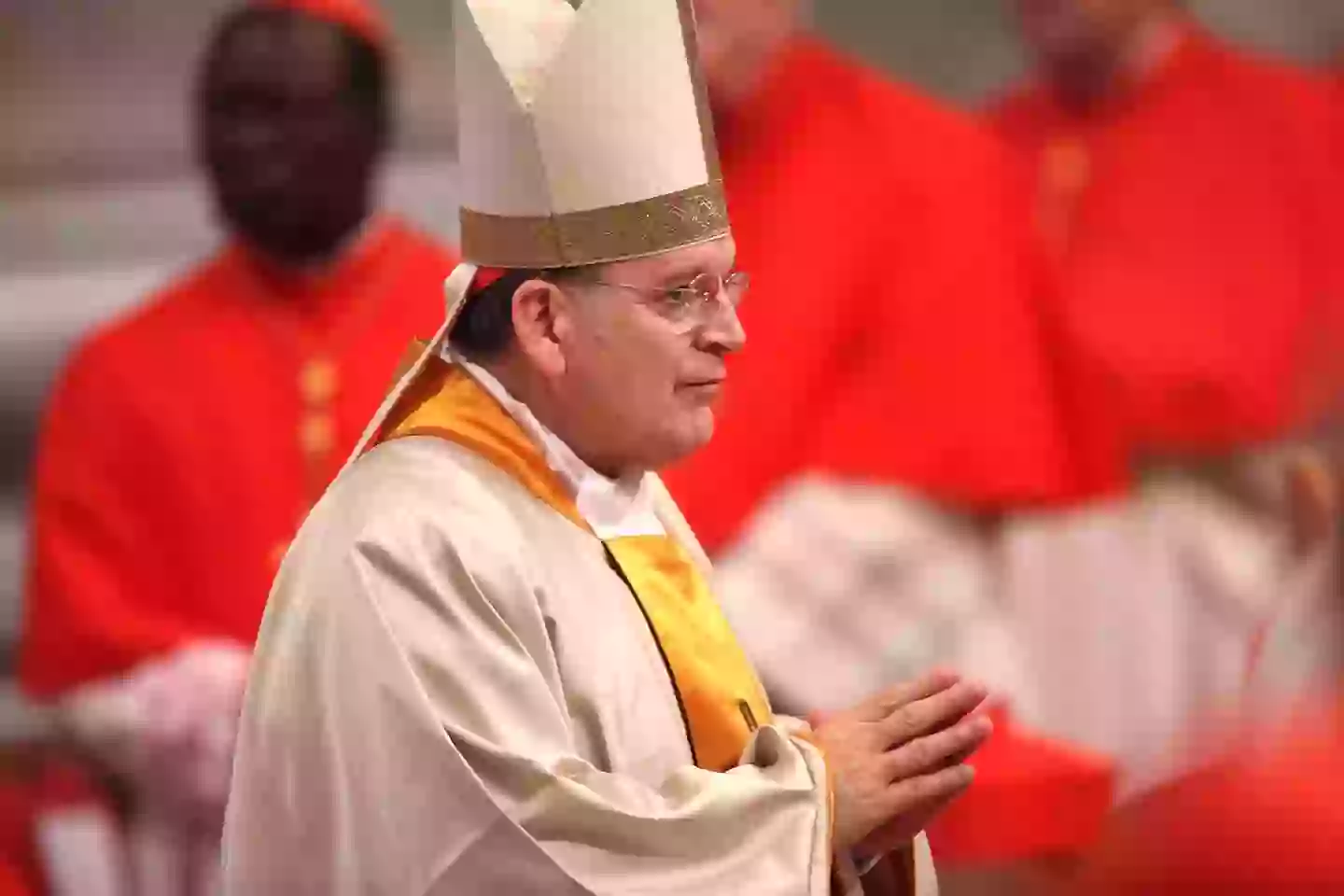
-
Background: Born in 1948 in Missouri, Raymond Burke served as Archbishop of St. Louis and later of the Archdiocese of Westminster in London before returning to Rome as Prefect of the Apostolic Signatura, the Church’s highest judicial authority.
-
Profile: A staunch traditionalist, Burke has been a vocal critic of liberalizing trends in Church teaching on divorce, remarriage, and LGBTQ issues. His defenders praise his unwavering commitment to doctrinal orthodoxy; his detractors worry that his election could deepen divisions within the global Church.
2. Cardinal Péter Erdő (Hungary)
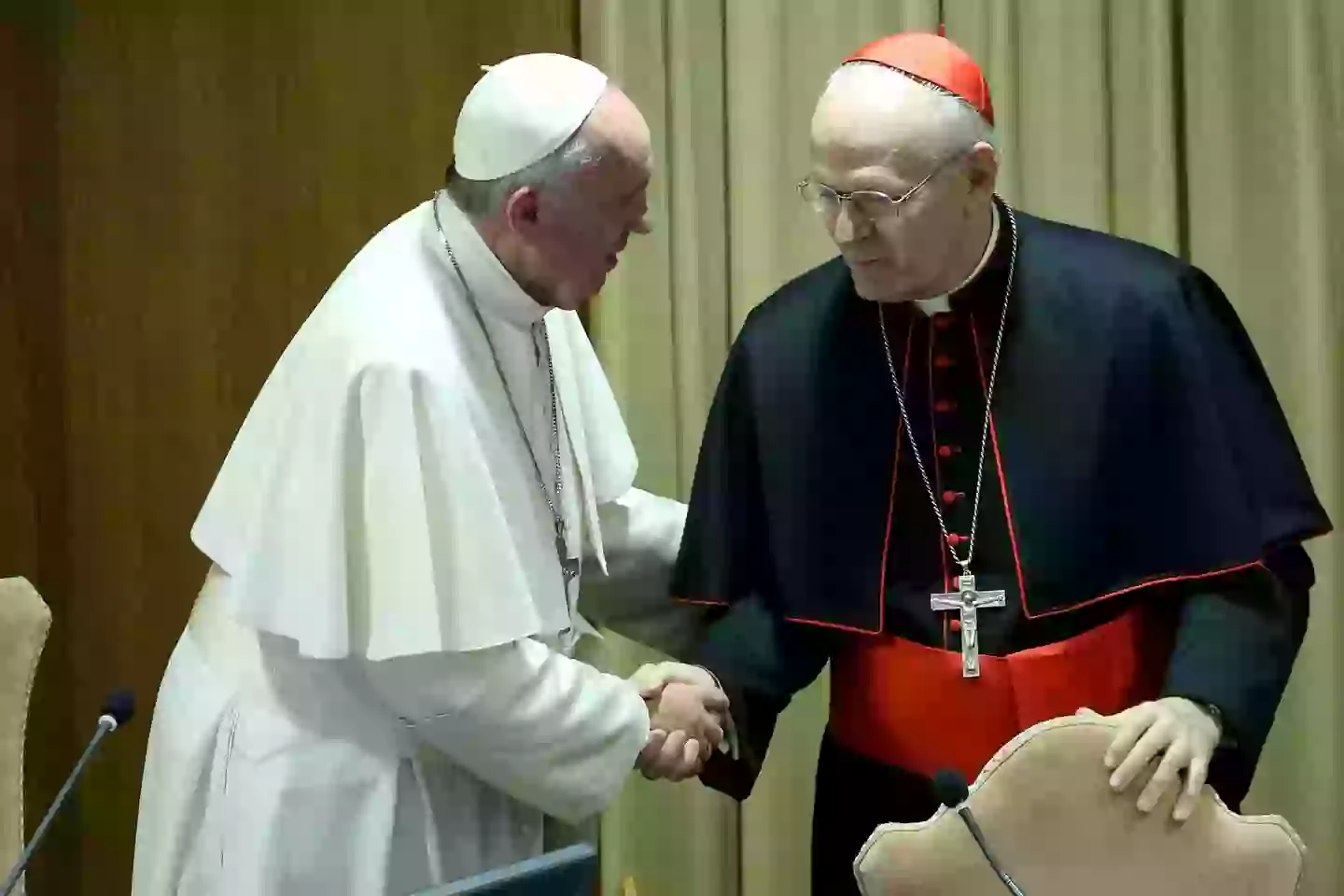
-
Background: Born in Budapest in 1952, Erdő became Archbishop of Esztergom‑Budapest and Primate of Hungary in 2003. He later served as President of the Council of European Bishops’ Conferences.
-
Profile: A conservative theologian with a gift for ecumenical dialogue, Erdő has emphasized the need to restore unity with Orthodox Christians and to strengthen family life. Observers note his diplomatic acumen and his appeal to Eastern European cardinals wary of Western secularization.
3. Cardinal José Tolentino de Mendonça (Portugal)
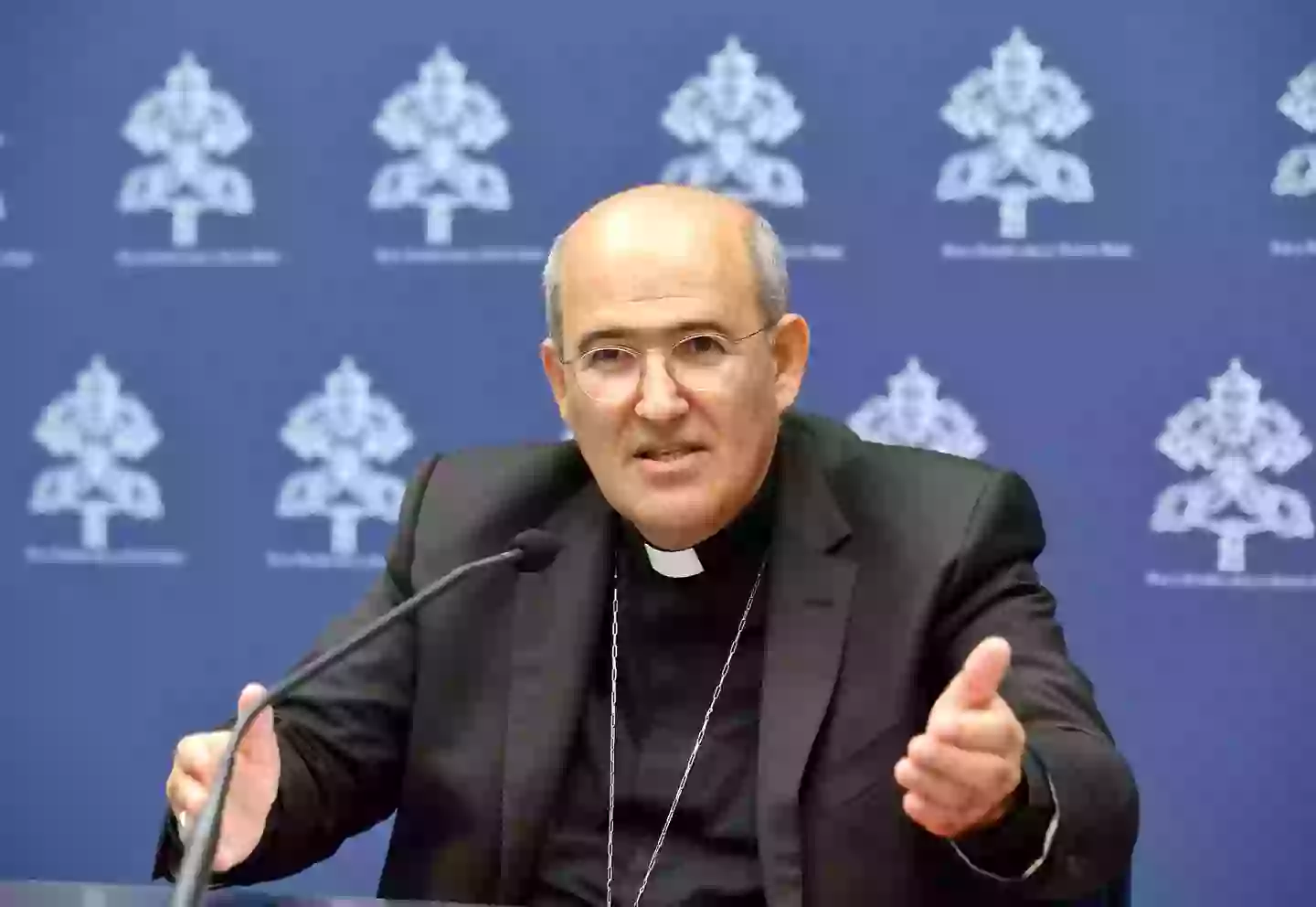
-
Background: A prolific poet, academic, and church historian, Mendonça was appointed Prefect of the Dicastery for Culture and Education in 2022. He joined the College of Cardinals in 2019.
-
Profile: One of the youngest electors at 59, Mendonça embodies the “progressive” wing of the Church. His writings on mercy, beauty, and social justice resonate with those who see the papacy as a moral voice for the marginalized and the arts.
4. Cardinal Pietro Parolin (Italy)
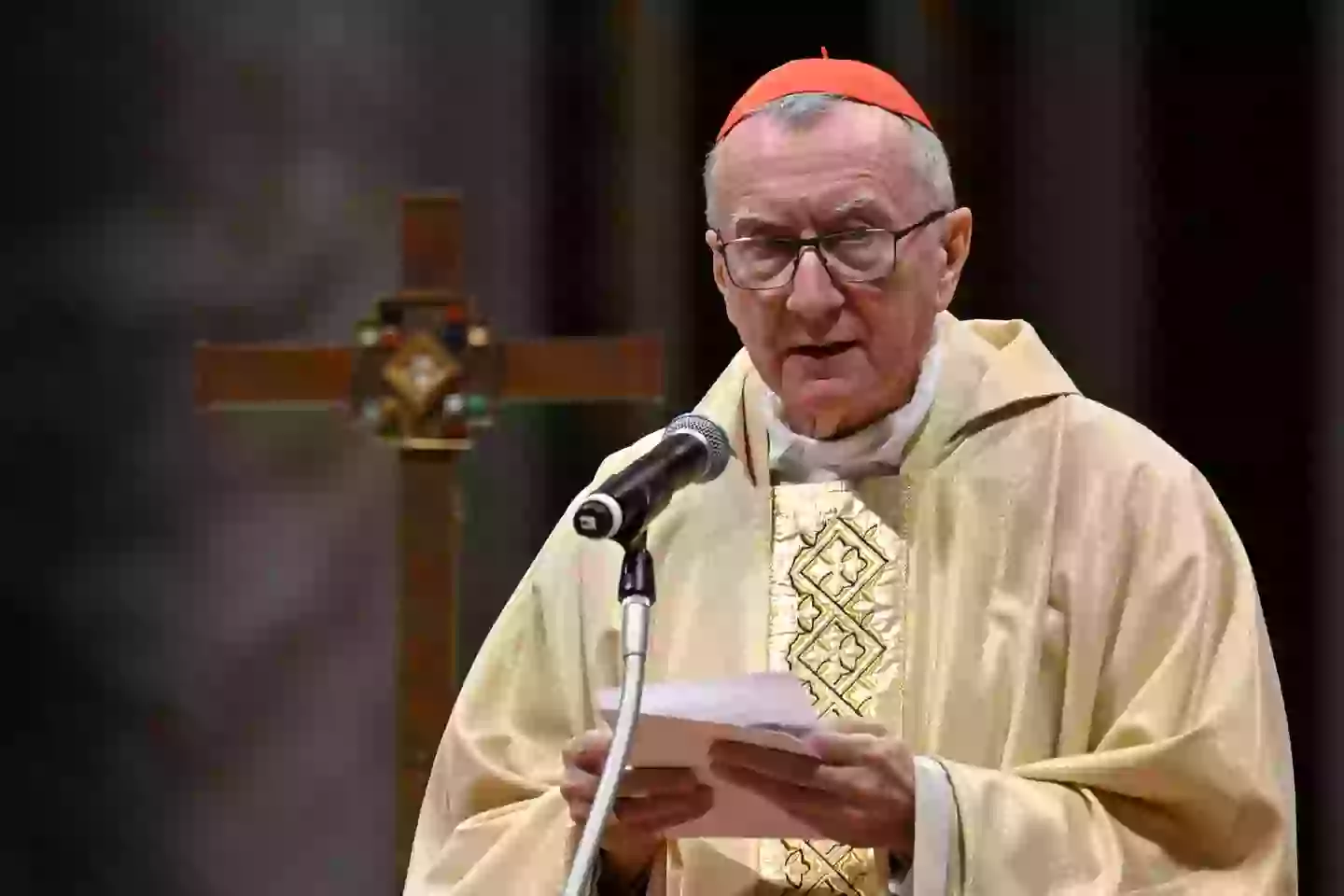
-
Background: A career diplomat in the Holy See’s Secretariat of State, Parolin was named Cardinal Secretary of State by Francis in 2013. He served as nuncio to Venezuela and Secretary for Relations with States.
-
Profile: As second‑in‑command at the Vatican for over a decade, Parolin is closely associated with Francis’s administrative reforms. He combines diplomatic skill—negotiating agreements with China, Cuba, and other states—with loyalty to the current pontiff’s vision.
5. Cardinal Pierbattista Pizzaballa (Italy)

-
Background: Latin Patriarch of Jerusalem since 2020, Pizzaballa is the first Franciscan to hold that office. He was unexpectedly elevated to the cardinalate in 2023.
-
Profile: Known for his pastoral sensitivity, anti‑clerical stance, and advocacy for migrants in the Holy Land, Pizzaballa appeals to those who favor a “field hospital” Church model, one that prioritizes service over ceremony.
6. Cardinal Cristóbal López Romero (Spain–Morocco)
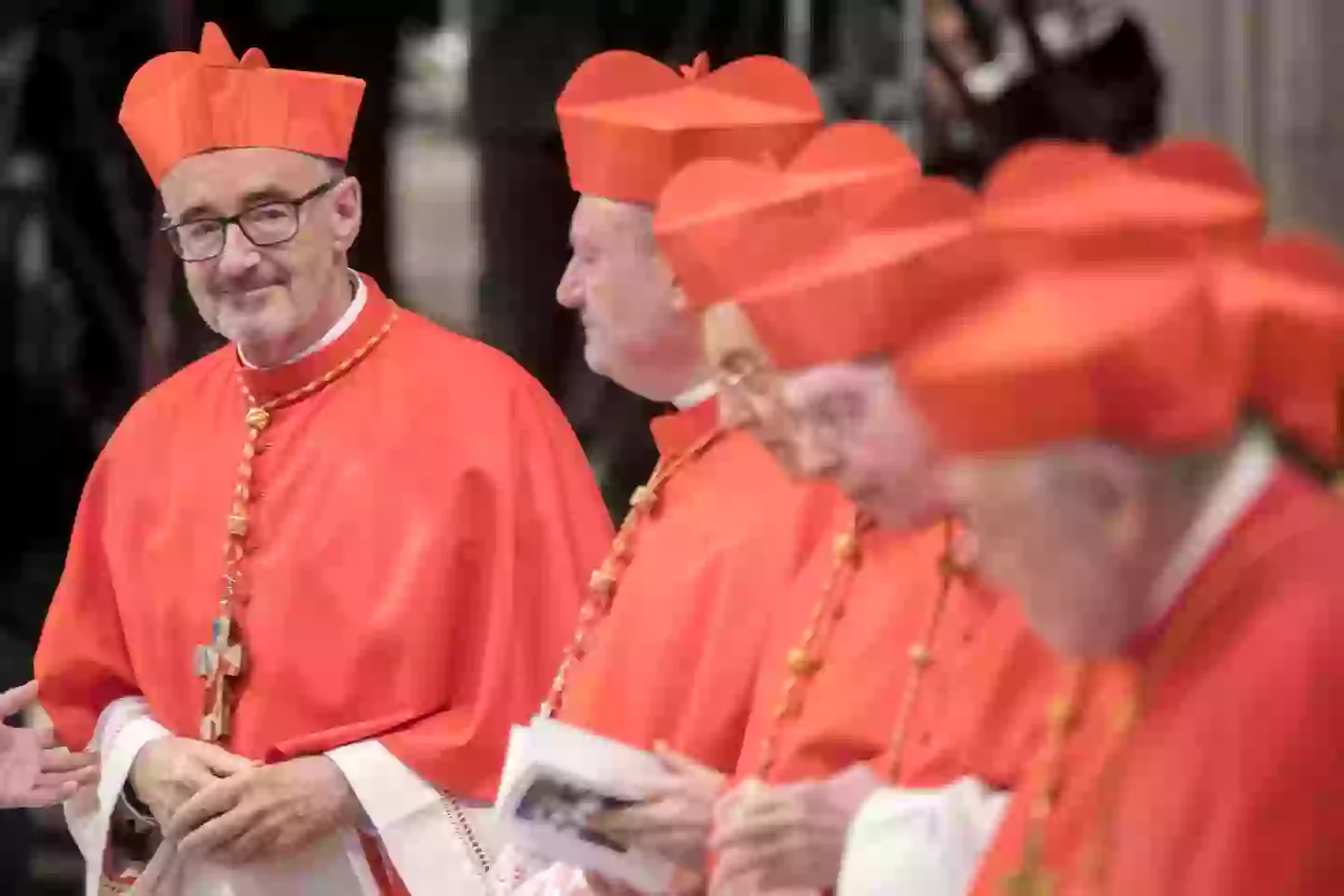
-
Background: Archbishop of Rabat since 2018, López Romero was created a cardinal by Francis in 2019. He previously worked extensively with Caritas in Latin America.
-
Profile: A tireless advocate for migrant rights, interreligious dialogue, and social outreach in North Africa, López Romero represents the borderlands of faith, building bridges between Christianity and Islam.
7. Cardinal Luis Antonio Tagle (Philippines)
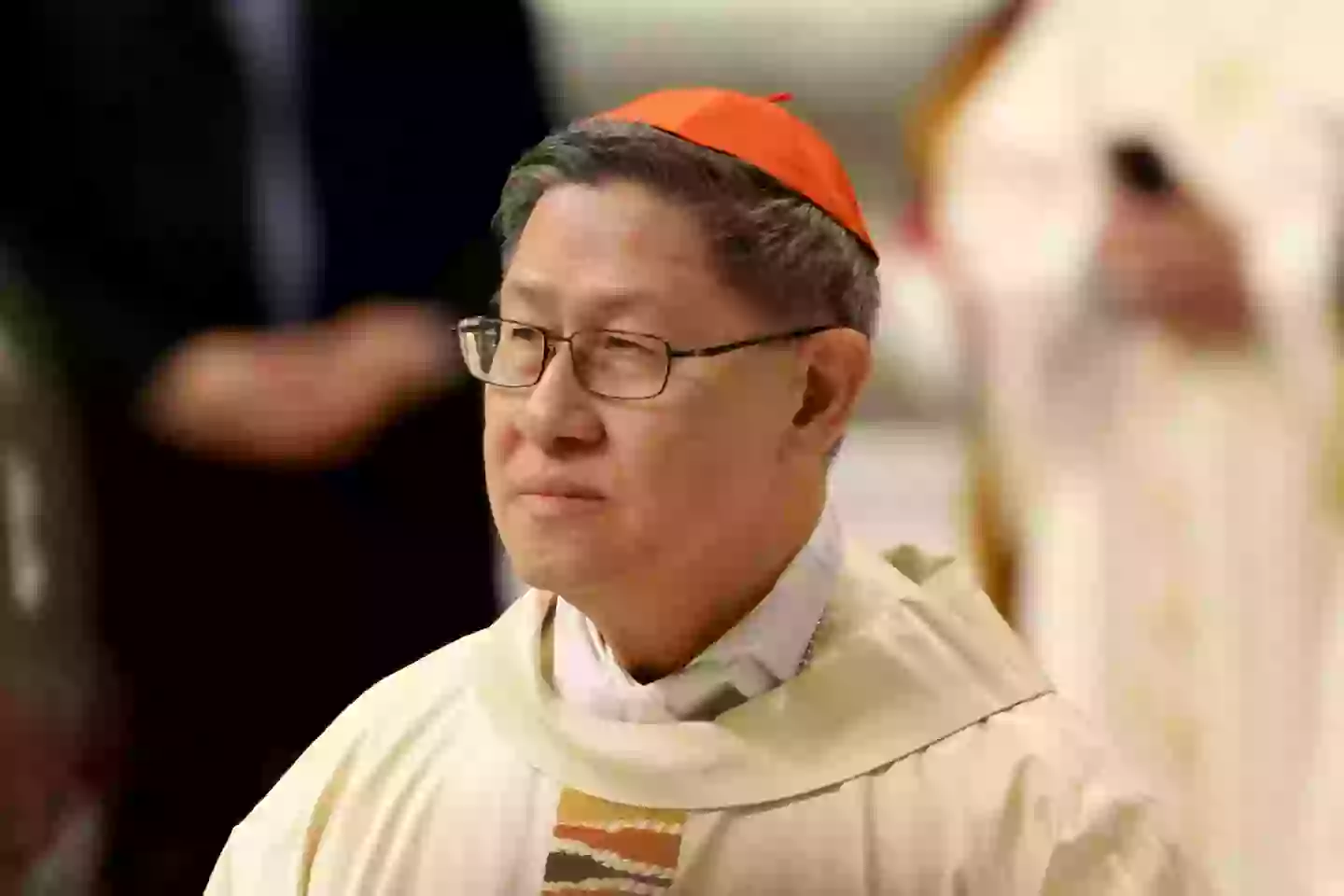
-
Background: Former Archbishop of Manila (2011–2020) and now Prefect of the Dicastery for Evangelization, Tagle was times hailed as a papabile (potential pope) during Francis’s own election.
-
Profile: Charismatic and media‑savvy, Tagle’s gentle style and emphasis on joy, mercy, and solidarity with the poor won global popularity. Some critics question his nuanced positions on moral issues, but many see him as a unifying figure.
8. Cardinal Matteo Zuppi (Italy)
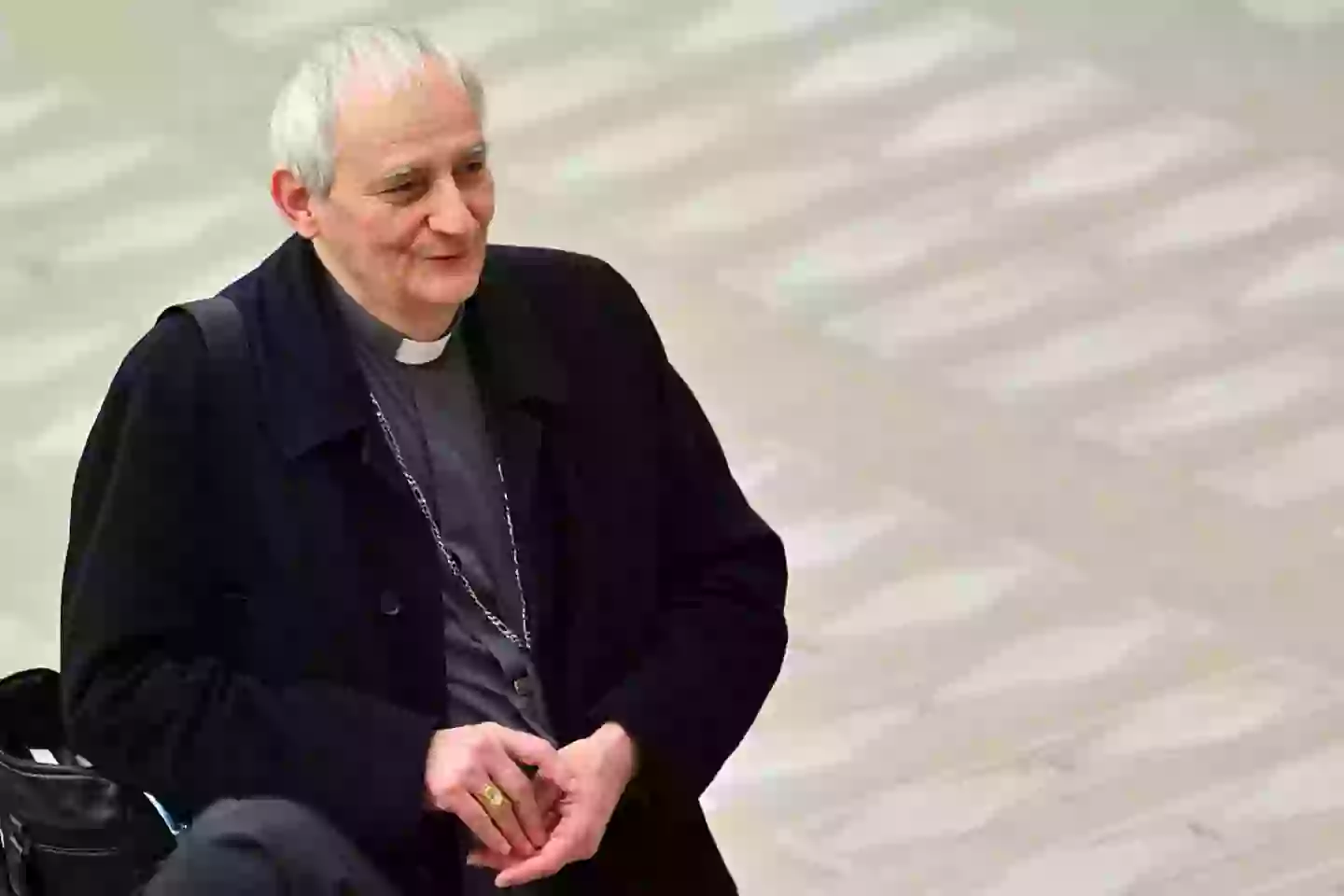
-
Background: Archbishop of Bologna since 2015 and President of the Italian Bishops’ Conference since 2022, Zuppi played a key role in mediating the 1992 Mozambique civil war and recent Ukraine peace efforts.
-
Profile: Celebrated for his peacemaking credentials and his work among the urban poor, Zuppi is viewed as a pastoral bridge‑builder who embodies Francis’s emphasis on reconciliation.
IV. Additional Profiles and Dark Horses
Beyond the front‑runners, a handful of lesser‑known yet respected cardinals might emerge as compromise choices:
-
Cardinal André Vingt‑Trois (France): Former Archbishop of Paris, known for theological rigour and moderate stances.
-
Cardinal Óscar Rodríguez Maradiaga (Honduras): Once head of the influential C9 advisory council to Francis, though now over 80 and thus ineligible to vote.
-
Cardinal Blase Cupich (USA): Archbishop of Chicago, representative of American moderate‑progressive bishops.
In past conclaves, unexpected candidates have prevailed; the 2013 election of Jorge Bergoglio—an outsider from Argentina—remains a fresh reminder that the Holy Spirit’s choice often surprises.
V. Timeline and What to Expect
-
Days 1–3: Funeral rites and public vigils. Cardinals arrive in Rome.
-
Days 4–7: General congregations to discuss Church challenges and desired papal qualities.
-
Day 8: Conclave begins in the Sistine Chapel.
-
Days 8–22: Balloting continues until white smoke signals the election.
-
Day 23: Habemus Papam announcement and inaugural Mass of the new pope.
During this period, Vatican communication will be tightly controlled. Rumors and media speculation will swirl, but official information will come only from the Holy See Press Office and, eventually, from the chimney atop the Sistine Chapel.
VI. Significance for the Global Church
The election of a new pope will set the tone for Catholic engagement with urgent 21st‑century issues: climate change, economic inequality, migration crises, and interreligious tensions. Francis’s legacy—a more inclusive, dialogical Church—faces both eager champions and cautious skeptics among the cardinals.
A successor committed to continuity may deepen current reforms, while a more traditionalist pontiff could shift emphasis toward doctrinal orthodoxy and liturgical renewal. Whichever path emerges, the choice will reverberate through the world’s 1.3 billion Catholics and beyond, influencing global moral discourse.
VII. Conclusion
Pope Francis’s death marks the end of a transformative chapter in Church history. As the College of Cardinals prepares to elect his successor, the eyes of believers—and secular observers—will be fixed on Rome. Will a progressive bridge‑builder follow in the footsteps of the “pontiff of mercy”? Or will a conservative guardian of tradition guide the Church into a new era?
In the weeks ahead, the decisions made behind the locked doors of the Sistine Chapel will shape the spiritual and ethical compass of Catholics worldwide. For now, the faithful pray for wisdom, unity, and the discernment of the Holy Spirit as the Church awaits the dawn of its next papacy.
Stay tuned to [Your Website Name] for ongoing coverage of the conclave, profiles of emerging candidates, and expert analysis of what the next pope will mean for the future of Catholicism.
